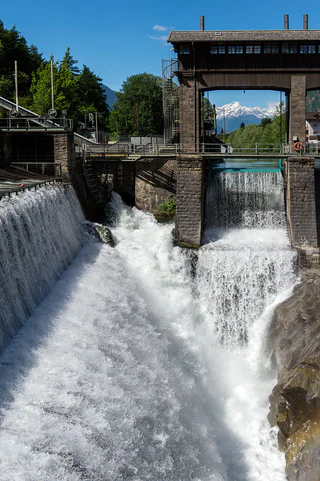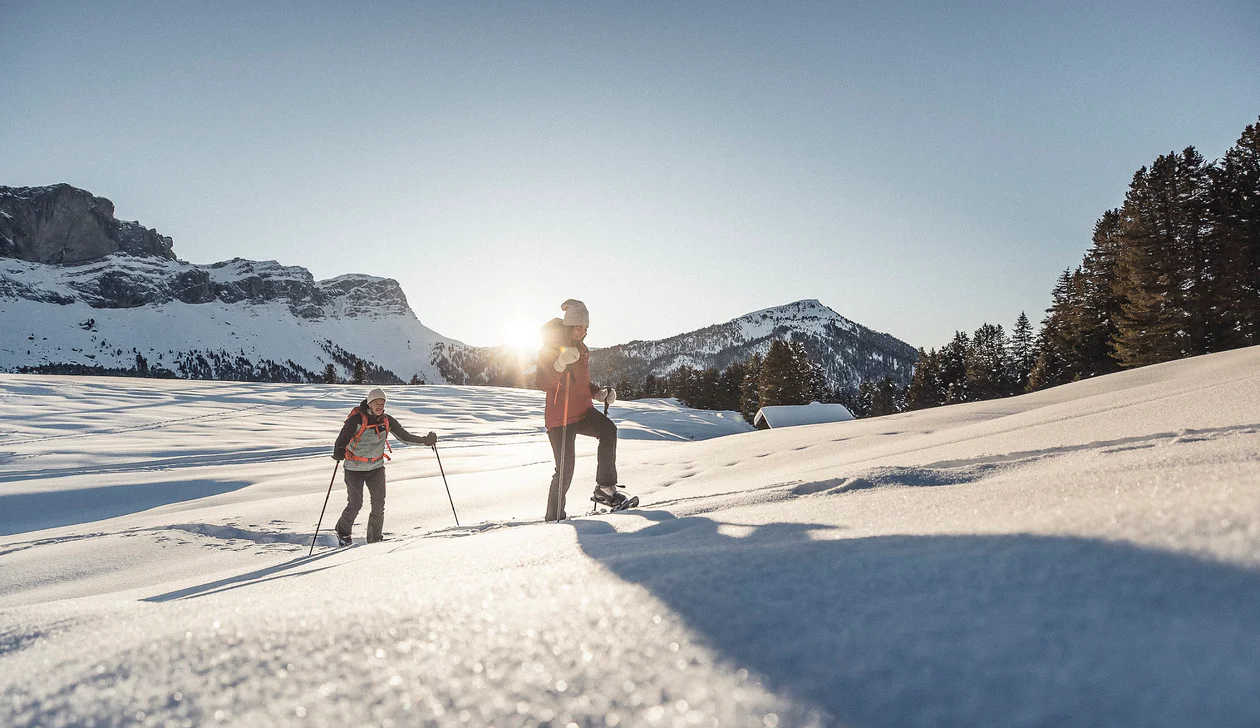Der Großteil befindet sich rund um Bozen. In dieser Gegend fällt dir bestimmt eine architektonische Eigenheit bei den Ansitzen auf, schlossähnliche Bauten aus der Neuzeit bestehend aus einem Herrenhaus und einem Gebäude für landwirtschaftlichen Zweck. Ihr sogenannter Überetscher Stil ist eine Kombination aus nordischer Gotik mit Türmchen und Elementen der italienischen Renaissance – und eben genau in der Gegend zwischen Bozen und Kaltern an der Weinstraße zu finden.

Castle Freudenstein
S. Paolo/St. Pauls - Appiano/Eppan, Eppan an der Weinstaße/Appiano sulla Strada del Vino, Alto Adige Wine Road


















